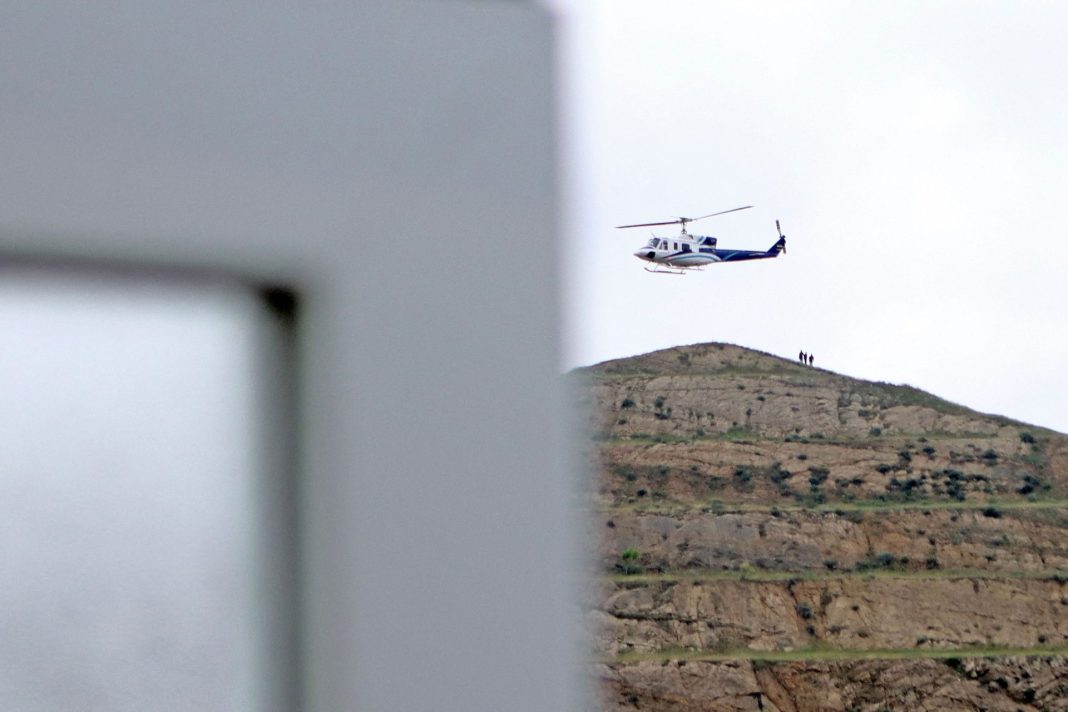A second report by Iran’s General Staff of Armed Forces, which is investigating the crash, said there’s no evidence that the helicopter had been sabotaged during the flight.
“Considering the sampling and tests conducted on the remains and parts of the helicopter and the pattern of their dispersion and the distance of the parts separated from the main body, the occurrence of an explosion due to sabotage during the flight and moments before the impact on the mountain slopes is ruled out.”
The report also added “no traces of electronic warfare were observed on the crashed helicopter.”
It said the examination of documents related to the maintenance and repair of the crashed helicopter showed no issues that could have contributed to the accident.
The report also ruled out any communication system malfunction or frequency interference preventing the presidential helicopter from contacting the flight group.
The report added the examination of tests and analysis of data will continue until the main cause of the incident is discovered.
The General Staff of Armed Forces issued its preliminary report on the incident on May 24, saying the wreckage did not bear any bullet holes or signs of similar impact.
Late president Raisi along with Amirabdollahian and other dignitaries lost their lives after their helicopter crashed into the mountains and caught fire on May 19.
The crash site was located by Iranian unmanned aerial vehicles at 05:00 a.m. (local time) on May 20, and reached by search teams shortly afterwards.
